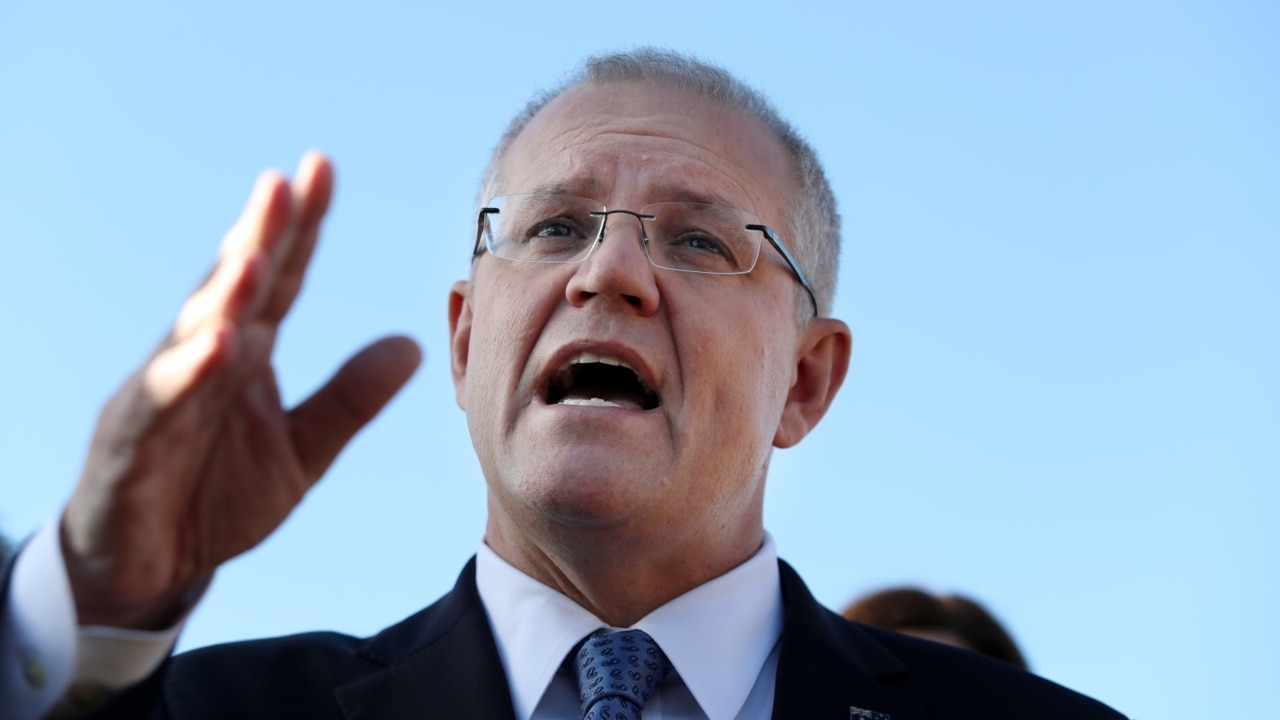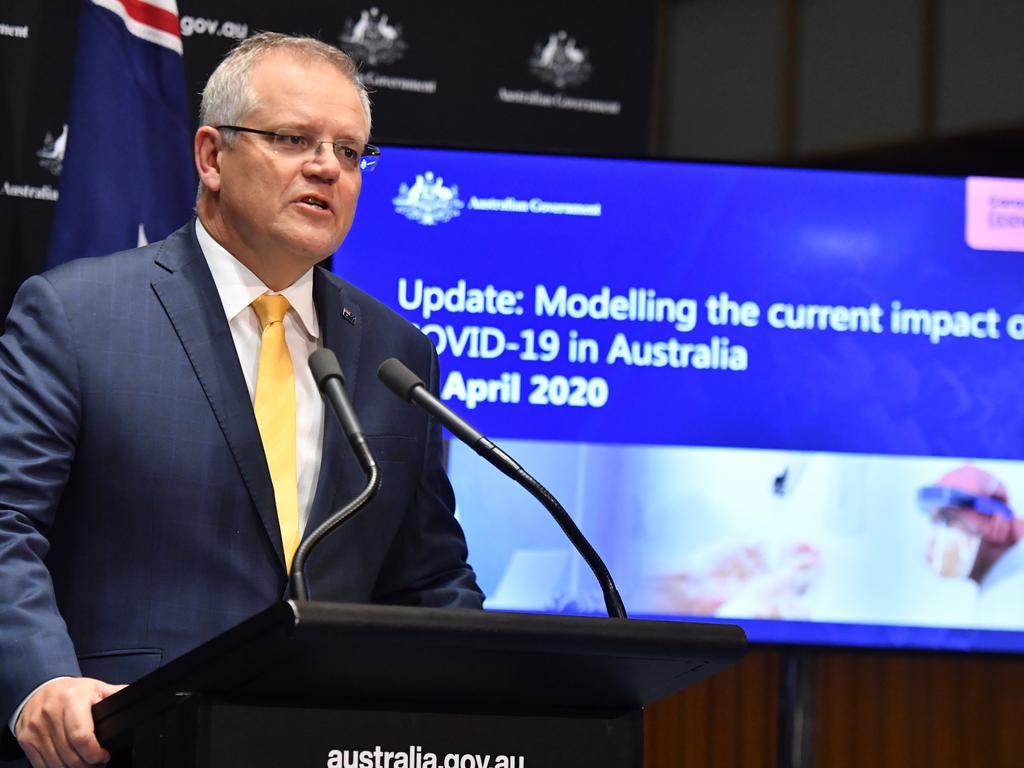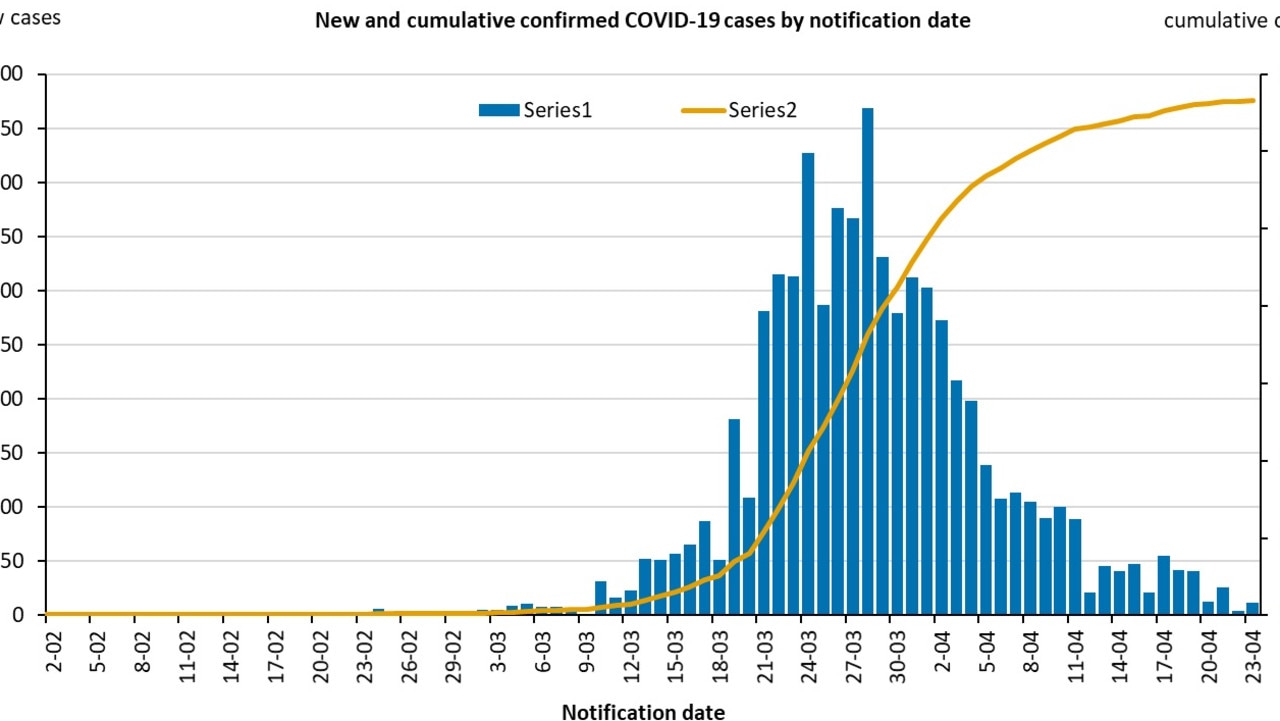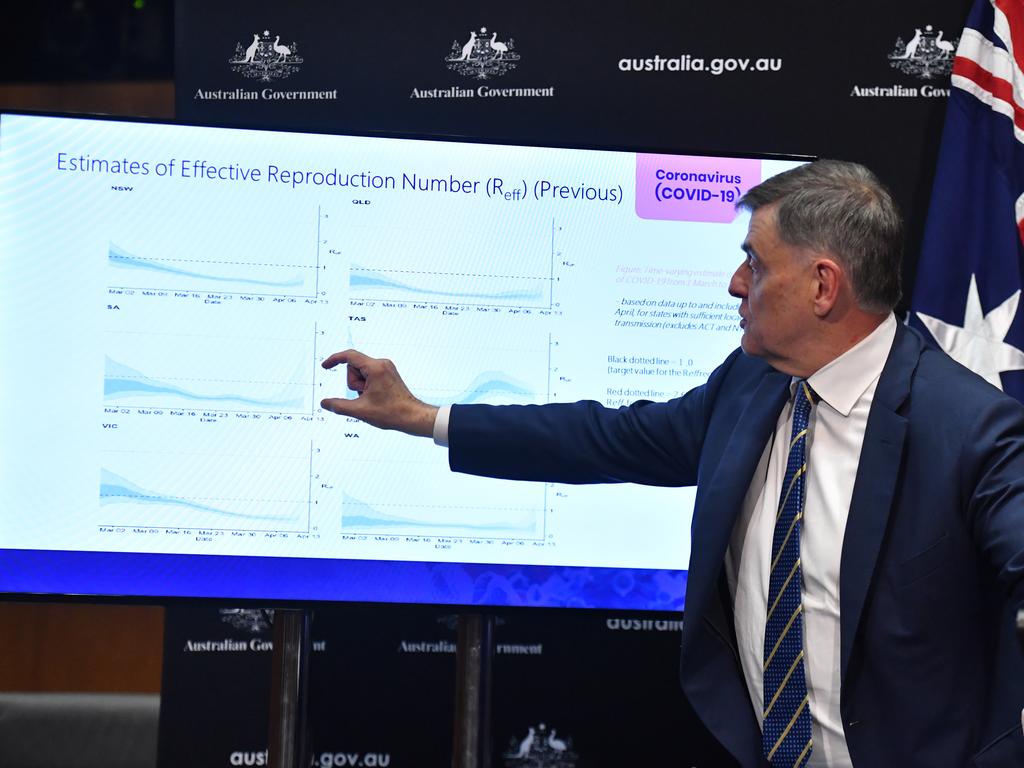Coronavirus Australia: Scott Morrison on why we’re not going back to work
Scott Morrison has suggested it’s time to start talking about returning to the workplace, but for most of us that won’t happen any time soon.

Prime Minister Scott Morrison has urged Australians to start the conversation about returning to work where it’s safe to do so but admitted schools reopening is the first step to getting the economy moving.
Speaking today after the national cabinet, Mr Morrison confirmed that as the COVID-19 curve flattens it’s time for bosses and workers to talk about when more staff will return to the office.
“I would love to see a return to normal right across the board. Of course, we want to see that,’’ he said.
“And that includes people going to work in offices. And that’s an important part of how our economy functions. I mean, there are some people who can work from home, and for whom this period of time has been less of an inconvenience to them than it has to many others.”
Mr Morrison acknowledged that working from home simply isn’t a great option for many parents juggling children and homeschooling.
“I’m sure you’d know that if you’re a parent at home, trying to work from home and you’ve also got the kids at home, and they’re trying to learn, it’s not working too well for you,” he said.
“And your productivity isn’t doing too well either. And so when we can get back to the point where we can have kids back at school, and we can get people back at work, then I think we’re gonna see that also lift our economy in ways that we very much need.”
RELATED: Follow the latest coronavirus news here
RELATED: 10 rules to reopen workplaces

According to the latest data released today Australia is making good progress to flattening the curve and even eliminating COVID-19 in some regions.
“We are working hard, as governments, across the country to put in place that will enable our road back, by enabling us to be in a position where we can have that confidence to continue to ease restrictions that are in place right across the country,’’ the Prime Minister said.
Testing is also being expanded right around the country. But Mr Morrison cautioned easing restrictions will result in some outbreaks and that is to be expected.
“That is to be expected. What matters is being able to move on them quickly, to identify them through both of the methods that I’ve just mentioned, but also, as we’ve seen in a very difficult outbreak in northwest Tasmania, and for the resources to come quickly for the further restrictions in those areas to be applied promptly,” he said.

“So we can get on top of those outbreaks as quickly as we possibly can. Dealing with those outbreaks will be one of the things we will have to live with when we’re in a position of having further eased restrictions across the country.”
In relation to schools, Mr Morrison said national cabinet did not believe the same social distancing measures are required of children because only small numbers of schildren contract COVID. As a result, the risk is lower, but social distancing would be enforced between adults and teachers.
“The four square metre rule, and the 1.5m distancing between students during classroom activities is not appropriate and not required. I can’t be more clear than that. The advice cannot be more clear than that,” he said.
“The 1.5m in classrooms and the four square metre rule is not a requirement of the expert medical advice in classrooms, and their families can feel safe in going back to work, and to ensure that there are important principles in place. There are protocols and procedures that, should a COVID case present in a workplace, then the rules that people need to follow.”
Chief medical officer Brendan Murphy said the consistent evidence on schools was that it was safe for children to attend classes.

“We are not seeing evidence of significant transmission amongst children in schools. And the data is increasing in this space,” Prof Murphy said.
“New South Wales Health have just done a very large study looking at some infections that have occurred in the school setting and have tested a lot of children, have not found evidence that children are transmitting this virus in schools. This is quite different from influenza, where we know they are sometimes super spreaders and can spread the virus.
“So, we think the community risk of having children together in a classroom is low. Most children who have contracted the virus in Australia have contracted it in the family home. They have not contracted it in the school environment.
“Clearly, school can be a risk for adult-to-adult transmission, from parent to teacher, teacher to teacher, and we have made a range of recommendations of keeping vulnerable teachers out of the school environment, practising good distancing in the staffroom.”



